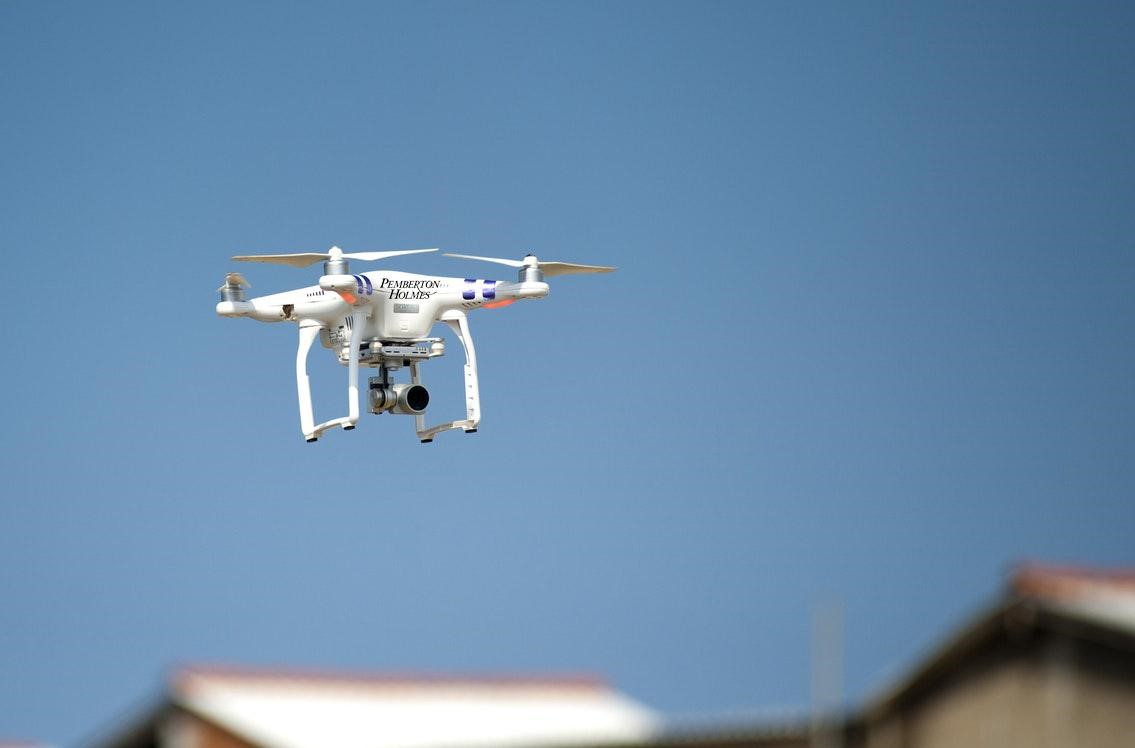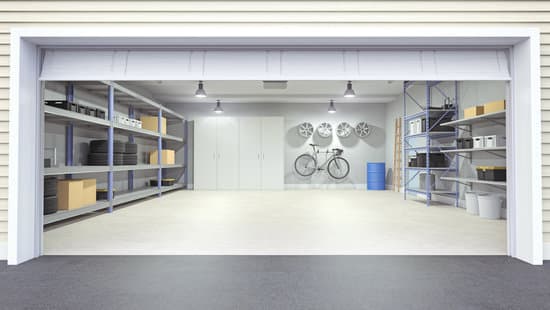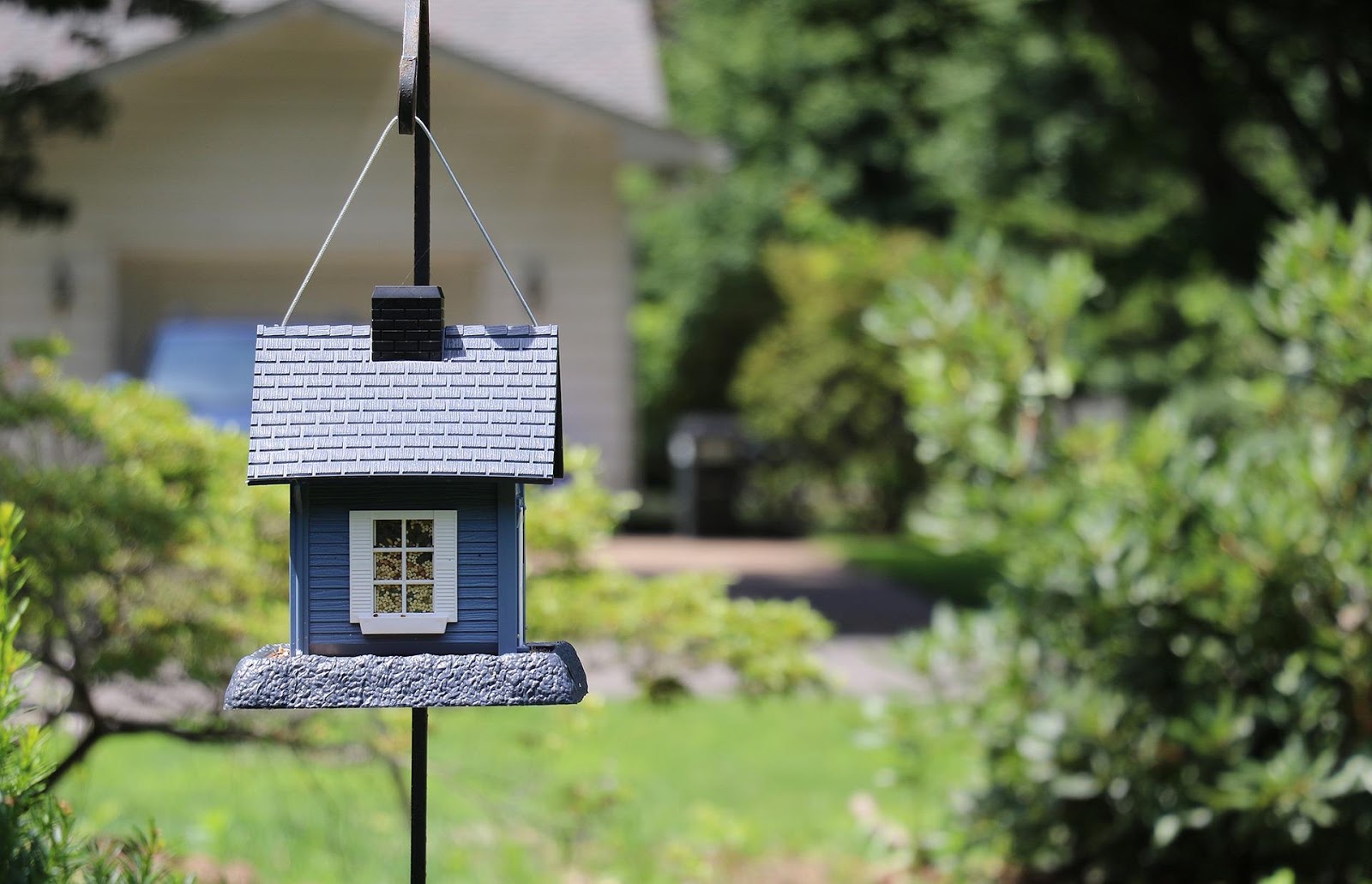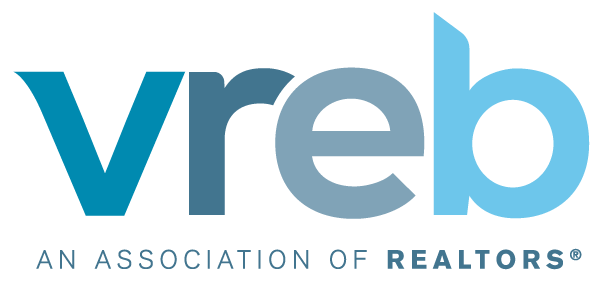How you portray your property online can make or break whether a potential home buyer stops by for a visit. Almost every property search starts online (not all, but most!), so if you don’t have high quality photos, you’re selling yourself short.
It’s easy enough to highlight the interior of your home, but what do you do when it comes time to capture the outside? The answer is aerial photography, a practice that has become exceedingly popular in recent years.
With the help of a remote-controlled drone, homeowners or REALTORS® can take to the sky and photograph their home from an otherwise inaccessible angle. Not only will you be able to take stunning birds eye photos, but you’ll be able to improve upon the quality of your online video tours.
A few years ago, this kind of photo shoot may have sounded more like a luxury expense. Now, it should be on every homeowner’s to-do list, as it is one of the most important technologies to enter real estate marketing since the internet.
Done correctly, a capable photographer can create dramatic, sweeping shots of your landscape, as well as the vistas in your neighborhood and surrounding area. There’s perhaps no better way to attract attention online than with footage like this.
While hiring a professional photographer may be your best bet, you are also able to rent your own equipment and do the shoot yourself. If you opt to do this, it’s important you understand some of the legal issues in regard to piloting your drone and occupying airspace.
Not knowing the rules and failing to abide by them could cost you up to $25,000 in fines and/or jail time, as per Transport Canada.
No Drone Zones
If you’re taking aerial photos, don’t make the mistake of flying near a no drone zone. Transport Canada lists several things to look out for when occupying airspace.
For instance, you are not permitted to take your drone into busy, populated areas. If you happen to find yourself flying with a number of people around, you’ll want to reschedule your shoot until a later date.
Other areas to avoid are as follows:
- around airports and aerodromes
- in national parks
- over border crossings
Keep in mind that if you live near an airport or aerodrome, you must be at least 5.5 kilometres away. If you live near a landing pad that is for helicopters only, you must only be 1.8 kilometres away.
Flying Safely and Legally
Flying your drone safely really comes down to common sense. Look out for bad weather and make sure it isn’t too dark. If you’re taking aerial photos of your home, you’ll want to make sure conditions are fair and the lighting’s just right. Double check that your batteries aren’t about to run out, and that you’re respecting the privacy of your neighbours and others in the area.
As for the rules and regulations regarding flight occupancy, Transport Canada lists quite a few.
While piloting your drone, it must be:
- below 90 m above the ground
- at least 30 m away from vehicles, vessels and the public
- at least 75 m away from vehicles, vessels and the public (if your drone weighs over 1 kg and up to 35 kg)
- outside of controlled or restricted airspace
- at least 9 km away from a natural hazard or disaster area
- away from areas where its use could interfere with police or first responders
- during the day and not in clouds
- within your sight at all times
- within 500 m of yourself
- only if clearly marked with your name, address and telephone number
By following these rules, you should have no problems when it comes time to capture the exterior of your home. Hopefully, you can produce some breathtaking photos that ensure the sale of your home quickly. Click here to see a all the current rules and regulations for flying a drone in Canada. And don’t forget, if you are a REALTOR® in Victoria BC or anywhere else on Vancouver Island, these rules apply to you too!





